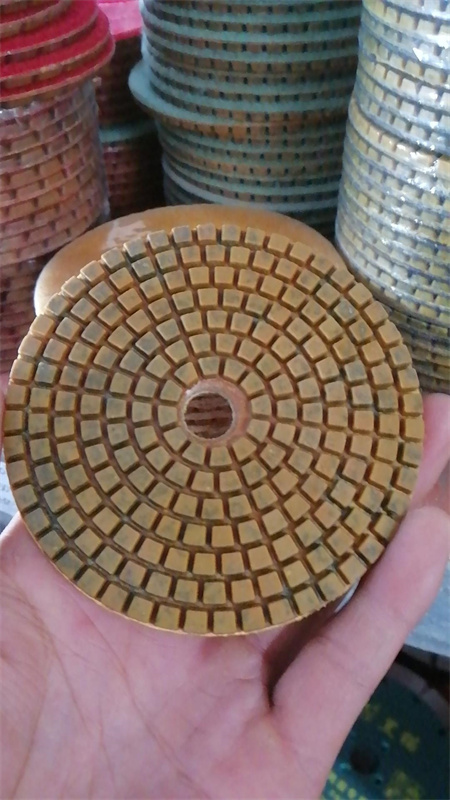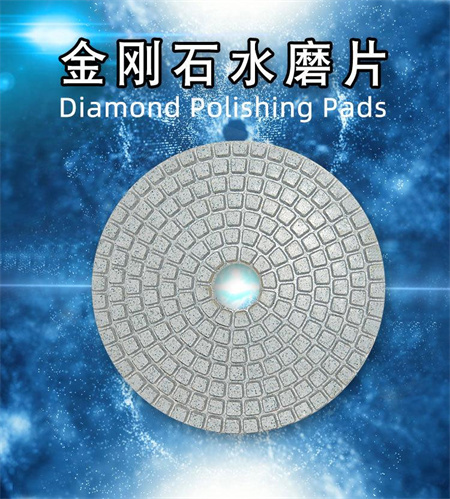Diamond Polishing Pads Long Term Price Contracts in China
The market for diamond polishing pads in China is witnessing notable shifts, particularly in the realm of long-term price contracts. With a booming manufacturing sector, the demand for high-quality polishing pads has skyrocketed, creating a competitive landscape for both local and international suppliers. These long-term contracts have become crucial, not only for businesses but also for the manufacturers themselves, offering stability in an ever-evolving market.

China, known for its expansive production capacities, has solidified itself as a hub for industries that require precision tools, including diamond polishing pads. These tools are vital for the processing of a variety of surfaces, including stone, glass, ceramics, and concrete. As the demand for polished surfaces continues to grow, the need for reliable and cost-effective polishing solutions becomes even more pressing.
In the context of long-term price contracts, businesses benefit from predictable costs, which is vital when managing the financial health of any organization. Manufacturers who sign these contracts are often able to lock in prices for extended periods, shielding themselves from the volatility that can accompany fluctuating raw material costs. This, in turn, ensures they can offer competitive pricing to their customers, which is crucial in maintaining a strong market presence.
Moreover, long-term contracts can also foster a deeper relationship between suppliers and clients. With a stable supply of diamond polishing pads, clients can focus on scaling their operations without worrying about product shortages or sudden price hikes. These agreements also allow for more tailored products that cater specifically to the unique needs of each business, creating a win-win situation for all parties involved.

However, there are risks involved as well. The primary challenge lies in the changing market conditions, especially with the rapid advancement in polishing technologies and the introduction of new, more cost-efficient alternatives. Suppliers must remain flexible and innovative to adapt to these changes, while also ensuring that their contracts offer enough room for adjustments based on market trends.
Ultimately, the trend toward long-term price contracts for diamond polishing pads in China reflects the growing importance of stability in the industrial sector. For businesses looking to capitalize on this trend, it’s crucial to engage in these contracts thoughtfully, ensuring they align with both short-term goals and long-term strategies. In an environment where precision, quality, and cost control are key, these agreements can serve as a strategic advantage for businesses aiming to thrive in China’s dynamic market.



















